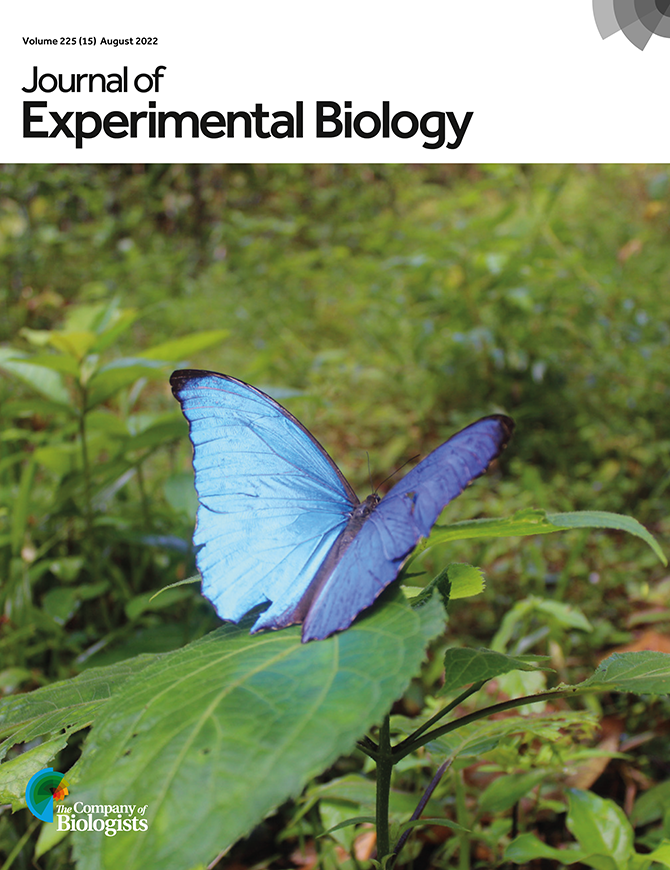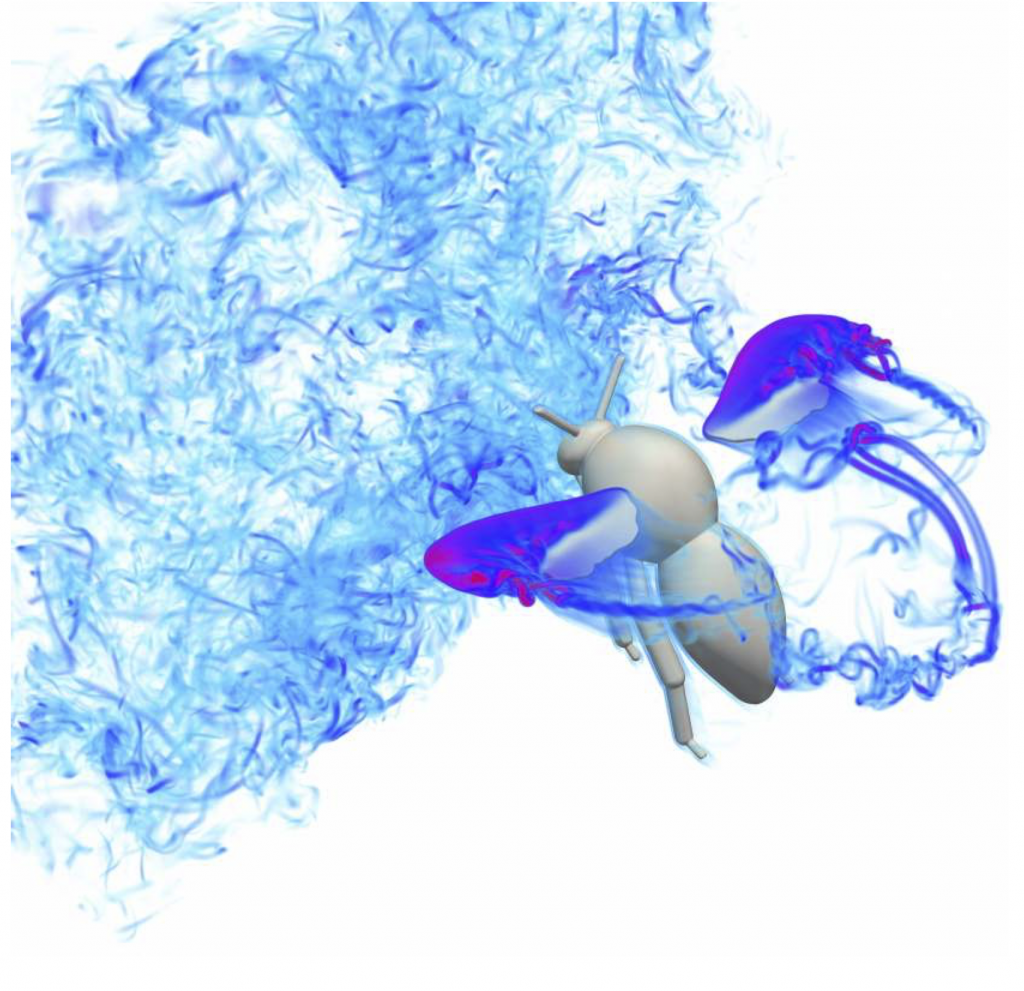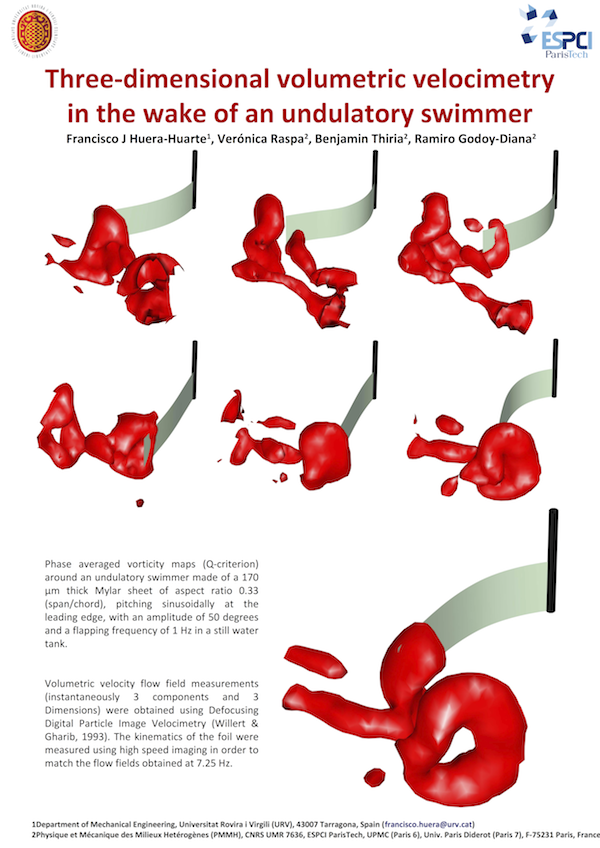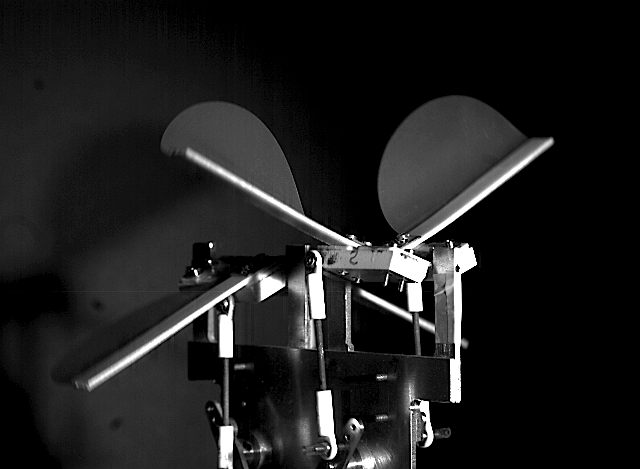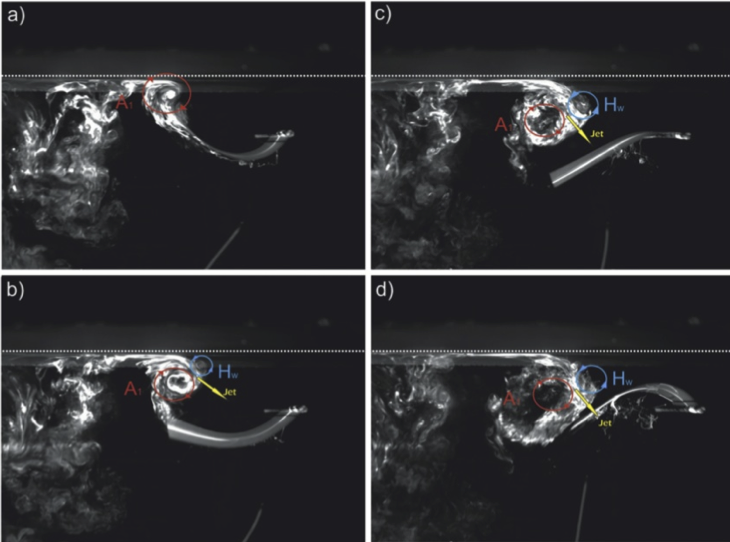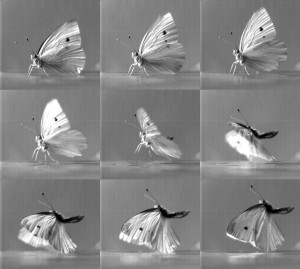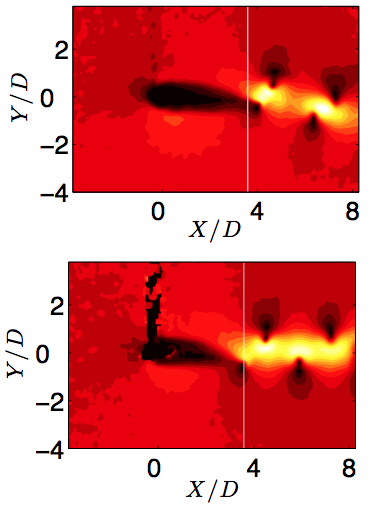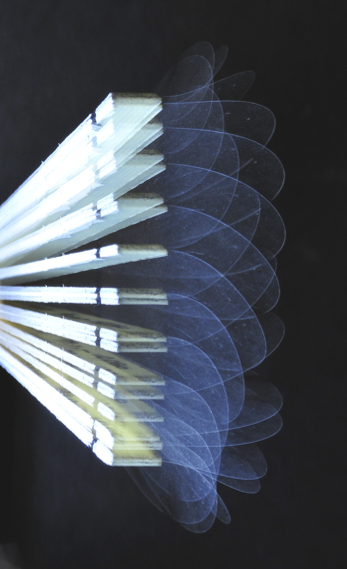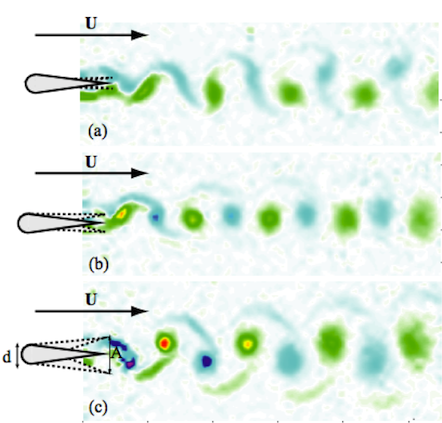C. Le Roy, N. J. Silva, R. Godoy-Diana, V. Debat, V. Llaurens, and F. T. Muijres
Journal of Experimental Biology 225 (15), jeb243867 (2022)
doi: 10.1242/jeb.243867
Morpho butterflies are iconic insects of the Amazonian rainforest. Some Morpho species live in the dense vegetation of the understory (e.g. Morpho amathonte, cover photo) while other species inhabit the open canopy. We investigated how the divergent microhabitat specialization influences the evolution of flight performance. Quantification of climbing flight kinematics among closely related butterfly species living in different strata revealed markedly higher climbing ability in canopy species, probably resulting from divergent flight behaviour and morphology. Photo credit: Vincent Debat.
